Not everyone has a local garden center full of rare and hard-to-find plants. And sometimes, a local trip to your grocer or big box store won’t leave you with a great selection of healthy houseplants to take home. With the increasing ease of buying plants online from Etsy, Ebay Facebook Marketplace, and even TikTok, the global plant marketplace is just a few taps away. However, not all sellers are seasoned, and without proper research and homework, you might be overpaying for your plant, or worse, ending up with a terrible deal. As a veteran online purchaser, I’ve connected with great growers worldwide and wanted to share some of my best tips for buying plants online. Dive in to learn how I buy, and how to separate great sellers from those who might be less reputable.
Know your Networks

To get started, the first of my tips for buying plants online is to pick a marketplace to browse plants from. For many buyers, both Etsy and Ebay are great places to start, especially if you have accounts with these sites already. If you’re a true plant enthusiast, you may also notice plant ads across your social media. Most of these ads will direct you to a company’s site to make the transaction, as is the case with Instagram. Each have their pro’s and con’s.
I find Ebay usually has lower prices, but the quality, shipping time, and communication can vary widely from seller to seller, making this a lot harder to navigate. It’s also difficult to find reviews for specific plant products, making it harder to understand the quality of both the plants as well as the overall service.
Etsy, on the other hand has been much more polished. Sellers can easily set up a storefront with many different plant products. Each listing is complete with photos and videos, a full description of the plant, and other critical details like the specific terms of the return policy and shipping methods. Reviews for specific plants are also a lot easier to find. I also enjoy the fact that other buyers can upload their own images as part of the review, so you can see the real plant products being sold.
Because of this, I recommend starting with Etsy to connect with an online seller. A lot of times, this is a person starting their own small business, and I’ve only had positive interactions on this site.
Dive into the reviews
Take a deep dive into the reviews left by other customers who have purchased plants from the seller. This will give you a glimpse into their experience and whether or not they were satisfied with their purchase. Don’t be afraid to read between the lines and look for any red flags.
As mentioned in the last section, Etsy is great about letting customers upload their own images, in addition to text reviews and star ratings to help you see the quality of plants each seller offers. Similar reviews will be available if you choose to purchase from individual websites, although you should be critical to see if a flood of 5-star reviews are genuine since this can be easily created by the company itself.
Some of the best tips for buying plants online – or anything for that matter – are to take a critical eye to any reviews you see. Some may be fake, others incentivized by paid promotion making it hard to sift through for genuine feedback. Look for posts that seem authentic and include photos where possible. While this isn’t possible for Facebook Marketplace or Ebay, this can help with website purchases or sites like Etsy.
Scrutinize their website (or storefront)
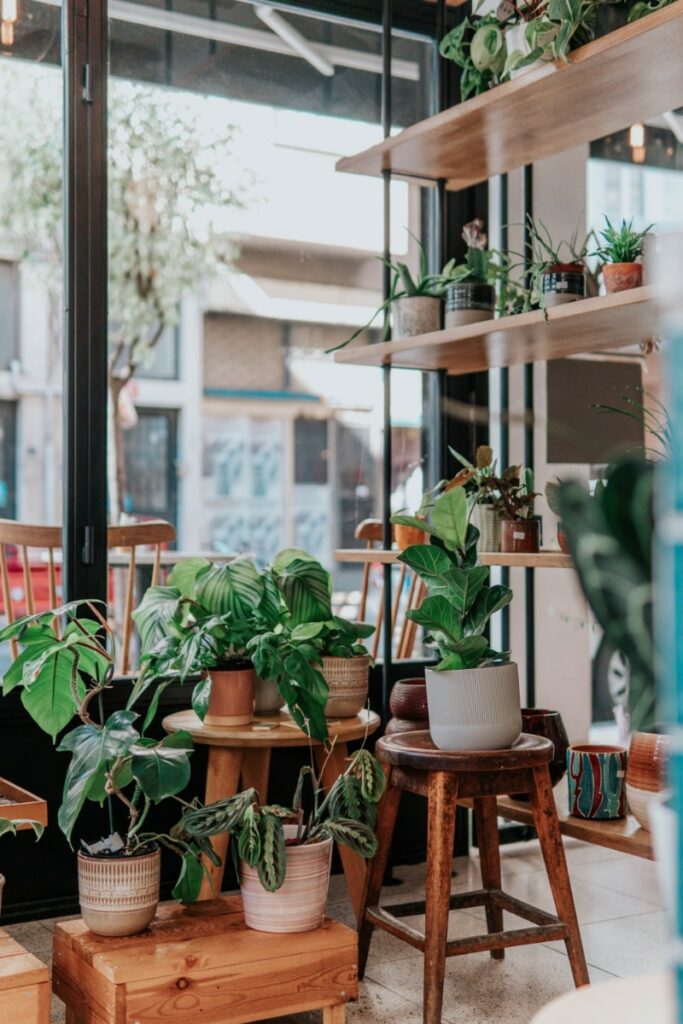
Take a close look at the seller’s website to see if they have a clear and detailed description of their plants. A reputable seller will provide information on the plant’s care requirements, size, and any special features. Don’t settle for vague descriptions or lackluster photos.
This also applies to Etsy profiles or other marketplace sites. Whether the store is a separate website or part of Etsy or Ebay, see how much effort the seller put into plant descriptions, crisp, accurate photos, and answering any questions you may have on things like care, shipping and returns. Visiting the seller’s profile or website should answer all of your questions to make you comfortable to do business with them.
If they have blurry photos, lack of details or descriptions or no information on returns, it may be best to give your business to a more professional seller. Sniffing out credible sellers is one of the best tips for buying plants online.
Shipping scrutiny
Regular online shoppers know that shipping a plant is a stressful process that can cause shock and damage for your new houseplants. Make sure to read the seller’s shipping policies to ensure that your plants will be shipped safely and in a timely manner. Look for information on how the plants will be packaged and if they offer any guarantees or refunds for damaged plants. Don’t let your precious plants fall victim to careless shipping practices.
Great sellers clearly outline their return policies on their websites or online stores in easy-to-understand language. Many sellers take safeguards to ship plants safely, and may require photos if your plant arrives in poor health the day it arrives. This may vary by seller, but reputable sellers will provide tracking details so you know exactly when to expect your plant, so you can open it up and acclimate it to your home as soon as possible.
Going a step further, see if the seller has a policy for winter shipping, should the plant need to be sent during months of especially inclement weather. Good sellers will include a heating pack or flat out refuse to ship during especially cold months to avoid transactions that result in shocked or dead plants.
While paying a bit extra in shipping for materials to guarantee a safe arrival – or having to strategically wait for warmer weather to purchase online might seem annoying, know that it will mean a better chance of a safe arrival of your plant.
By taking the time to research the seller, you can rest assured that you are buying from a reputable and trustworthy source. Don’t let the allure of online convenience blind you to the importance of doing your homework. Understanding the steps for shipping, and what to expect helps as one of the best tips for buying plants online.
Read reviews
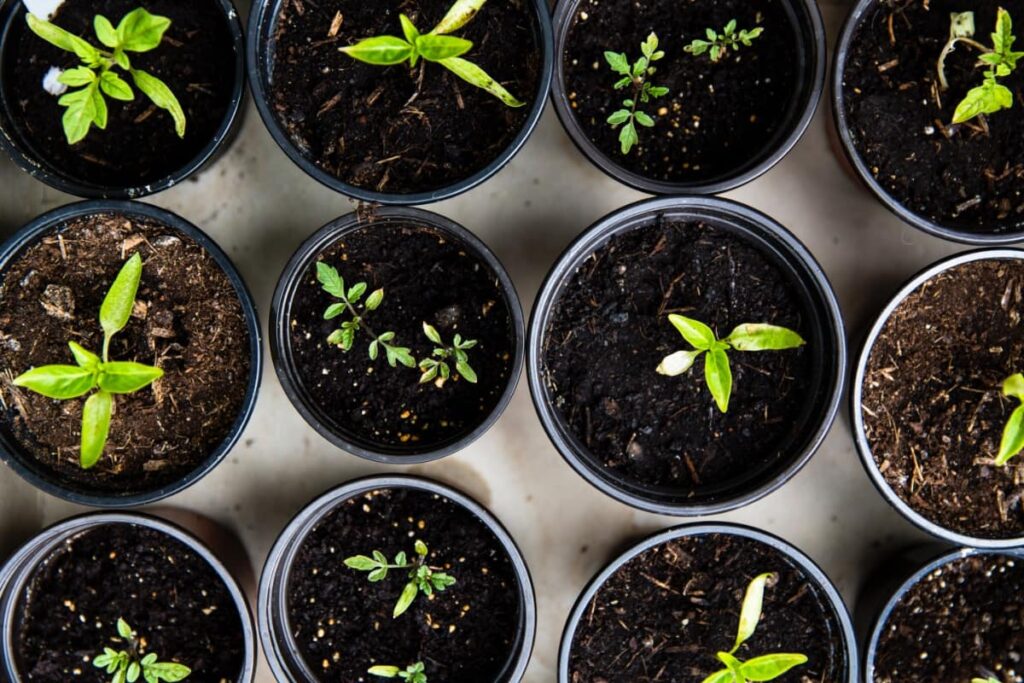
When it comes to the world of online plant shopping, there’s one crucial step that you simply can’t afford to skip: reading reviews. These little nuggets of information can give you a wealth of insight into the quality of the plants, the reliability of the seller, and the overall shopping experience. But where do you start?
Well, the first port of call is usually the seller’s website or profile. Most online plant stores have a review section where customers can leave feedback about their purchases. But don’t just skim through them – take the time to read each review carefully, paying attention to both the positive and negative comments. And if you can’t find enough reviews on the seller’s website, don’t worry – there are plenty of other platforms to explore.
For established companies, social media, forums, and review websites can all be great sources of information when it comes to buying plants online. And if you’re really stuck, why not ask for recommendations from friends or family members who have already taken the plunge?
But here’s the thing: not all reviews are created equal. Some may be biased or fake, while others may be overly critical or unfair. So, when you’re reading reviews, it’s important to keep your wits about you. Look for reviews that provide specific details about the plants, such as their condition upon arrival, their size, and their health. And pay attention to how the seller responds to negative reviews – a good seller will always try to address any issues raised by customers in a timely and professional manner.
This goes back to the first section on Etsy regarding reviews. It seems to be a very common practice of buyers sharing not just detailed reviews, but photos of their plants from Etsy sellers that really help understand the quality of plants received. It’s also interesting to see how sellers respond to critical reviews to see how willing they are to resolve issues should something happen with your transaction. When I buy plants, I spend more time reading reviews than I do the description. This is one of my best tips for buying plants online, as other customers can be more authentic and honest than the seller.
Especially great sellers are also easy to save to your profile, so if your experience goes well, you can easily find your best sellers to purchase from in the future. By taking the time to do your research and choose a seller with a good reputation and positive feedback from customers, you can make an informed decision and avoid any potential problems.
Check the plant’s description

When it comes to buying plants online, it’s crucial to read the plant’s description with utmost care before making a purchase. The description should provide you with all the necessary information about the plant, including its size, growth habits, light and water requirements, and any special care instructions.
It’s important to pay attention to the plant’s size, as it can be quite challenging to gauge from a photo. Some plants may appear smaller than they actually are, while others may be larger than expected. Moreover, it’s essential to consider the plant’s growth habits, as some plants may require more space to grow than others.
Furthermore, it’s imperative to check the plant’s light and water requirements. Some plants may require full sun, while others may prefer partial shade. Similarly, some plants may require frequent watering, while others may be more drought-tolerant.
Last but not least, it’s crucial to take note of any special care instructions provided in the plant’s description. Some plants may require specific soil types or fertilizers, while others may need to be pruned or repotted regularly.
By carefully reading the plant’s description, you can ensure that you are purchasing a plant that is well-suited to your home and lifestyle, and that you have all the information you need to care for it properly. So, make sure to read the description thoroughly before making a purchase.
Look for clear photos
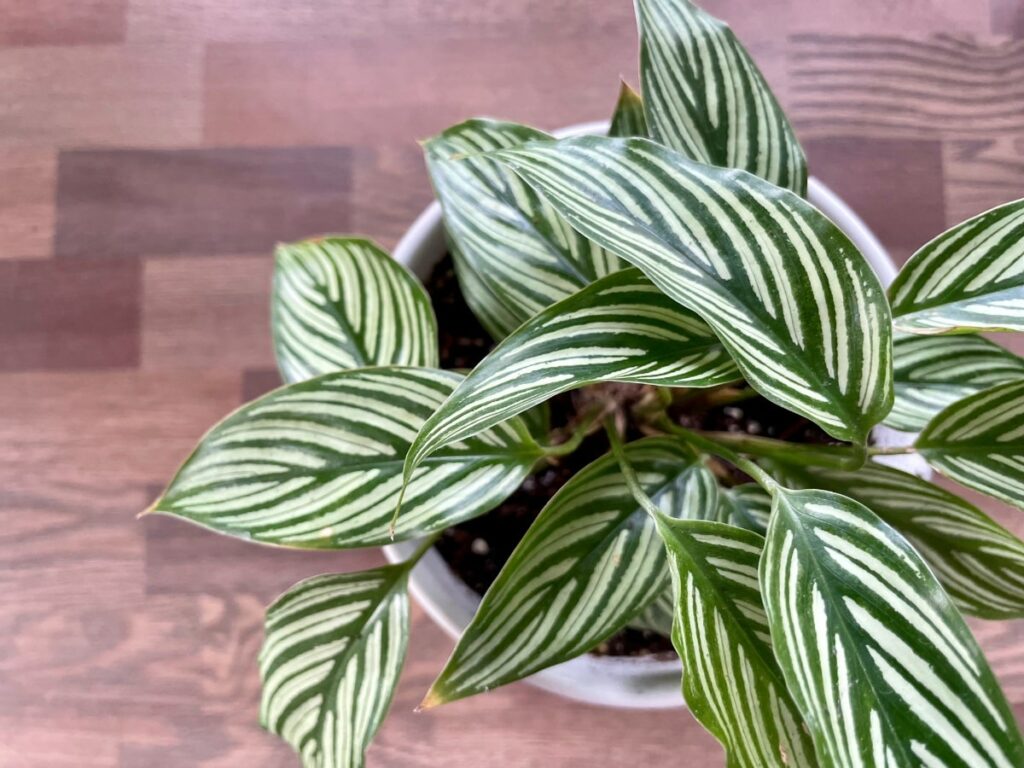
When it comes to purchasing plants online, it is of utmost importance to ensure that you are getting exactly what you want. This can be achieved by looking for clear photos of the plants you are interested in buying. These photos should be of high-quality and should show the plant from various angles. It is essential to look for photos that depict the plant’s leaves, stem, and overall shape. Many sellers will show you the actual plant you’ll be purchasing – especially important if you’re looking for a rare or hard-to-find plant that has specific variegation like my recent Thai Constellation Monstera purchase. I was able to find a great Etsy seller that not only showed the specific plant I would purchase, but also the greenhouse environment so I could see that it was grown with great care.
If the photos are blurry or unclear, it can be quite challenging to determine the plant’s health and condition. Therefore, it is crucial to ensure that the photos are of the highest quality possible.
Moreover, it is essential to be cautious of stock photos that may not accurately represent the plant you will receive. Some online sellers may use generic photos that do not reflect the actual plant they are selling. This can lead to disappointment and frustration when the plant arrives.
By looking for clear photos, you can make an informed decision and avoid any surprises when your plant arrives. This will ensure that you get the plant you want and that it is in good condition. If your seller uses stolen stock photos or doesn’t present a clear picture, it may be worth exploring other stores or profiles for someone more credible.
Consider the shipping method
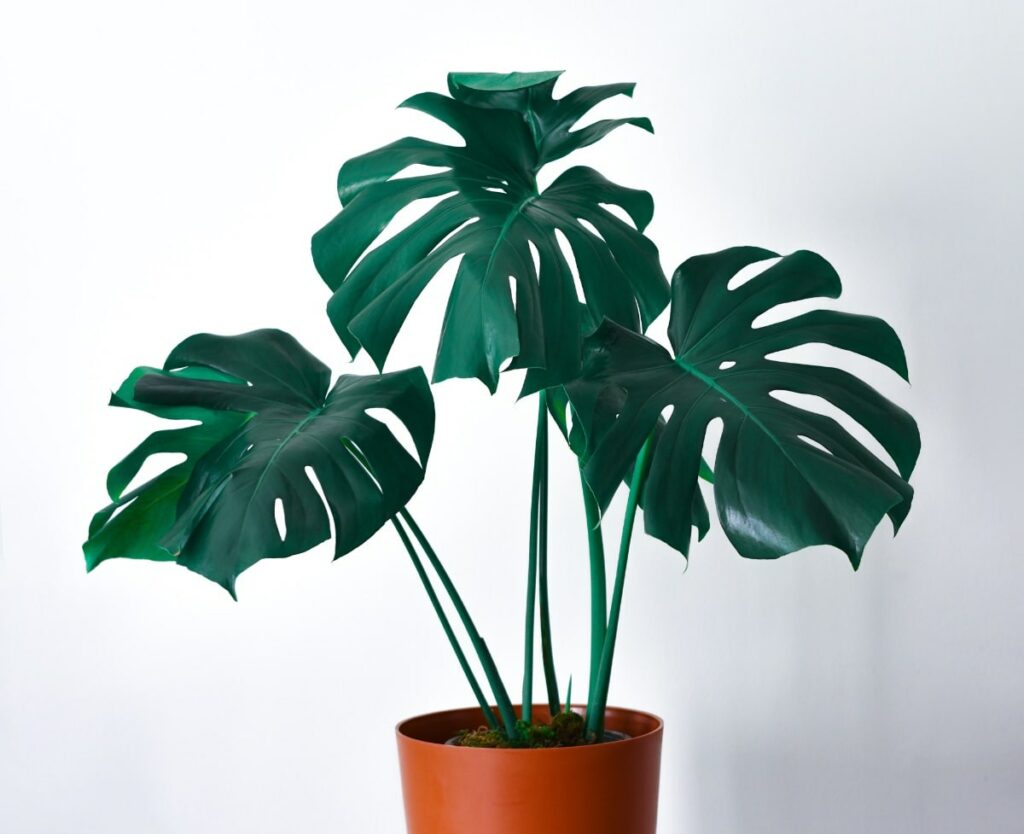
As mentioned above, nothing stresses a plant out more than shipping it in a dark box for several days. When it comes to purchasing plants online, there are a few things to keep in mind to ensure that they arrive in good condition. One of the most important factors to consider is the shipping method. Since plants are living organisms, they require special care during transportation.
To start, it’s essential to check the shipping options offered by the seller. Some may offer standard shipping, while others may offer expedited shipping for an additional fee. It’s also important to consider the distance between the seller and your location, as well as the time of year. Extreme temperatures can be detrimental to plants during shipping, so it may be best to avoid ordering during the hottest or coldest months. While it may be annoying, the most credible sellers may actually delay shipping during especially extreme weather to not risk the plant’s life.
Another crucial factor to consider is the packaging used for shipping. The plants should be securely packaged to prevent damage during transit. Look for packaging materials such as bubble wrap, packing peanuts, or foam inserts. The plants should also be placed in a sturdy box to prevent crushing. Great sellers will outline how they plan to package your plant since this is such a big concern for online buyers.
Last, it’s important to be prepared to receive the plants upon delivery. Make sure someone is available to receive the package and bring it inside immediately. Unpack the plants carefully and inspect them for any damage. If there are any issues, contact the seller immediately to resolve the problem. Many sellers I’ve worked with require any issues to be reported on the day of arrival to sort out any damage or issues that result from shipping. I think this is very reasonable, and requires both seller and buyer to focus especially on helping the plant get adjusted as quickly as possible.
I’ve noticed a trend that Etsy sellers very rarely offer free shipping – something I’ve gotten conditioned with thanks to Amazon. While I don’t love paying for shipping, the sellers that I work with painstakingly package up plants so they arrive safely. At this point, I would almost be nervous to purchase from sellers with “free” shipping since I would assume they wouldn’t be incentivized to protect my plant.
Check the return policy
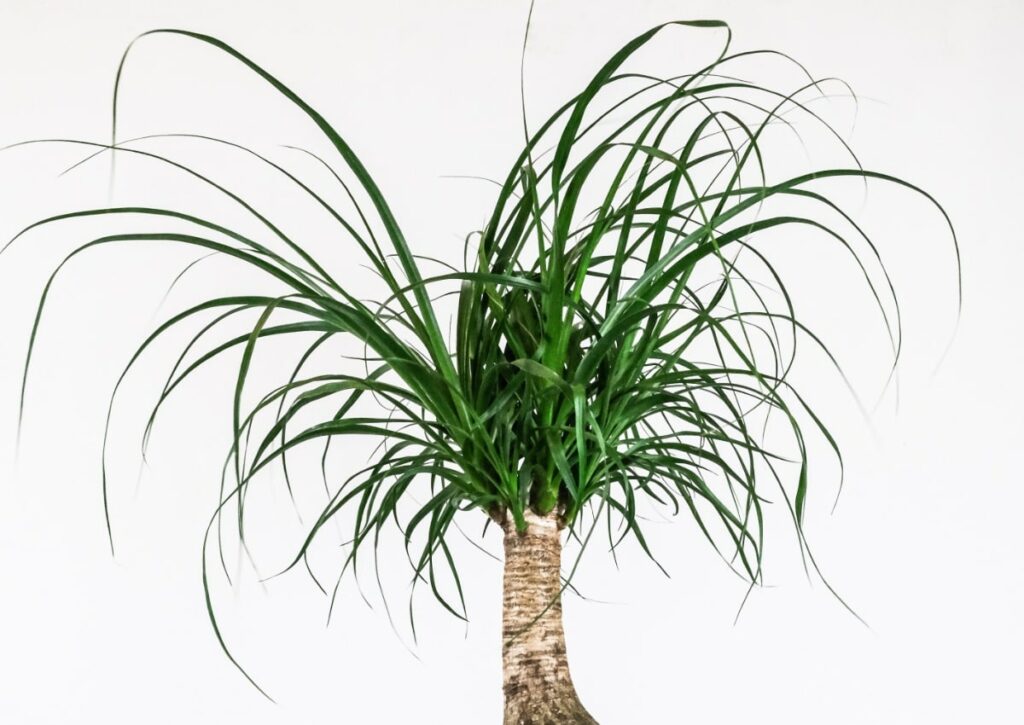
When it comes to purchasing plants online, it is of utmost importance to scrutinize the return policy of the seller. This is because plants are living organisms that are susceptible to various factors during shipping, such as temperature, humidity, and handling. In the event that a plant arrives damaged or dead, it is imperative to ensure that you can return it for a refund or replacement.
To avoid any unpleasant surprises, it is highly recommended to read the seller’s return policy with great care before making a purchase. Pay close attention to the duration of the return window, the condition the plant must be in, and whether you will receive a refund or a replacement. Some sellers may even require photographic evidence of the damage before they will process a return.
It is also wise to investigate whether the seller offers any guarantees or warranties on their plants. Some sellers may provide a guarantee that their plants will arrive in a healthy and pristine condition, or a warranty that covers the plant for a specific period of time after purchase.
It is important to keep in mind that certain plants may be more challenging to ship than others, and may have a higher risk of damage during transit. For instance, delicate plants with large leaves or long stems may be more prone to breakage, while plants that require specific growing conditions may be more difficult to acclimate to a new environment.
One of the best tips for buying plants online is to read the fine print. By carefully examining the return policy before making a purchase, you can rest assured that you are safeguarded in case the plant does not arrive in the condition you anticipated. This can provide you with peace of mind and instill greater confidence when purchasing plants online.
Consider the plant’s needs
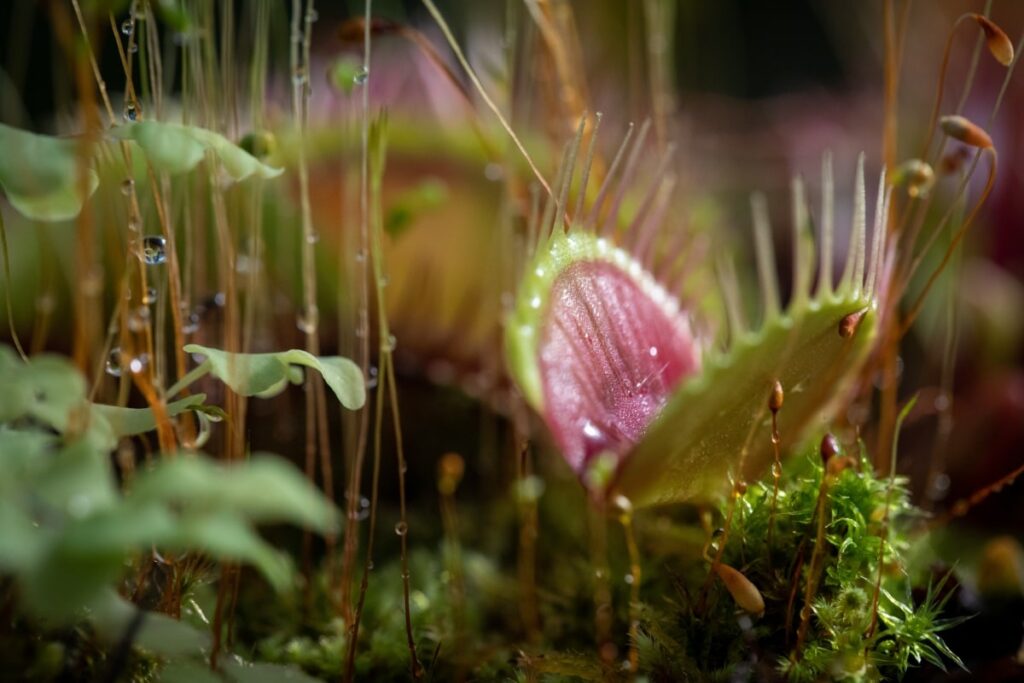
When it comes to purchasing plants online, there are a multitude of factors to consider. One of the most important is the plant’s individual needs. Each plant has its own unique requirements for sunlight, water, and soil. Therefore, it is crucial to conduct thorough research before making a purchase.
For instance, if you are interested in acquiring a succulent, you must ensure that it is a variety that can flourish indoors with minimal watering. Conversely, if you are in the market for a tropical plant, you must verify that it can withstand the humidity and temperature of your abode.
Another crucial aspect to consider is the size of the plant and the space you have available for it. Some plants can grow to be quite large and may not be suitable for smaller living spaces.
When perusing online, it is imperative to scrutinize the plant’s description meticulously and search for any specific care instructions. If you have any inquiries or apprehensions, do not hesitate to contact the seller for more information.
By taking into account the plant’s needs before making a purchase, you can guarantee that you are procuring a plant that will thrive in your home and bring you happiness for years to come.
Don’t be afraid to ask questions
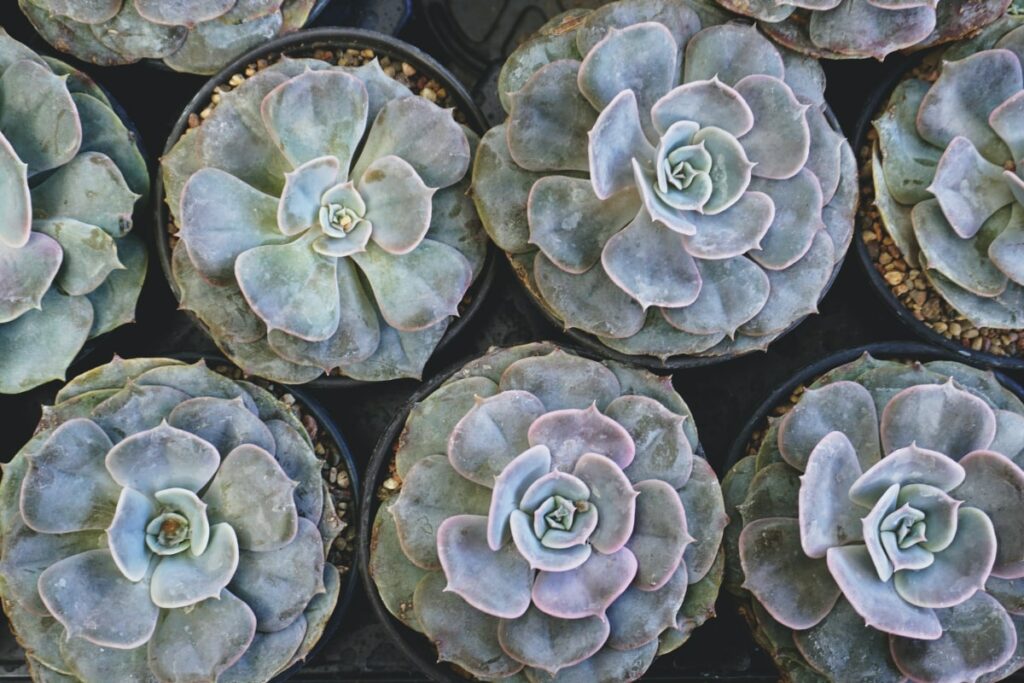
When it comes to my list of the best tips for buying plants online, one of the most important is the fact that you can reach out to ask any questions you may have. This is especially true since you won’t be able to physically inspect the plant before you buy it. This means that you need to be extra careful and ask plenty of questions to ensure that you’re getting the best possible plant for your needs. Of course, you should proactively seek out any answers on the seller’s listing before contacting them since their description and policies should answer any questions, but this isn’t always the case.
To start, it’s a good idea to do some research on the plant you’re interested in. This will help you understand its care requirements, growth habits, and any potential issues it may have. Armed with this knowledge, you’ll be better equipped to ask informed questions and make a smart purchase.
When you’re communicating with the seller, don’t be afraid to ask questions, but give them a reasonable amount of time to reply – especially if you’re unsure of their time zone. You’ll want to know about the plant’s condition, size, and age, as well as any other relevant details. It’s also a good idea to ask for photos of the actual plant you’ll be receiving if this isn’t included in the actual listing.
Another important consideration is the shipping and handling process. You’ll want to know how the plant will be shipped, whether it will be in a pot or bare-root, and what kind of care it will need once it arrives. Note that many states require bare-root shipping to comply with local laws on transporting plants, soil, and mitigating the risk for pests in the substrate.
If you have any concerns about the plant’s health or quality, don’t hesitate to ask for a refund or replacement. A reputable seller will be happy to work with you to ensure that you’re satisfied with your purchase.
Buying plants online can be a great way to expand your collection, but it’s important to be diligent and ask plenty of questions to ensure that you’re getting a healthy, high-quality plant. With a little bit of research and some careful communication with the seller, you can find the perfect plant for your home.
Consider the price
When it comes to the world of online plant shopping, there are a plethora of factors to consider. One of the most important factors, however, is undoubtedly price. While it may be tempting to opt for the cheapest option available, it’s important to remember that quality often comes at a price. So, how can you navigate the pricing of plants online? Fear not, for we have compiled a list of tips to help you do just that.
First and foremost, it’s crucial to compare prices. This may seem like a no-brainer, but taking the time to compare prices from different online retailers can give you a better idea of the average price range for the plant you’re interested in. This can help you avoid overpaying or falling for a deal that seems too good to be true.
Speaking of deals, keep an eye out for them! Many online retailers offer discounts and promotions on plants, especially during certain times of the year. By staying vigilant and keeping an eye out for these deals, you can save some serious cash. One of the best deals I got almost didn’t happen. I had just missed an online sale an Etsy seller was running. When I messaged them to see if the sale would run again, they provided a discount code that more than met the sales price. While I wouldn’t expect this for every transaction, it never hurts to ask!
Of course, it’s not just the price of the plant itself that you need to consider. Shipping costs can also add up quickly, so be sure to factor them in when making your decision. Some retailers offer free shipping on orders over a certain amount, while others charge a flat rate or calculate shipping based on the weight of the plant.
Now, here’s where things get tricky. While it may be tempting to go for the cheapest option available, it’s important to remember that quality is key when it comes to plants. A cheaper plant may be less healthy or have a lower chance of survival than a more expensive one. So, don’t sacrifice quality for price! This is especially true to factor in the cost of avoiding a lengthy return policy discussion and ultimately ending up with a bigger, healthier plant.
Finally, consider investing in long-term plants. Yes, they may be more expensive upfront, but they can be a worthwhile investment in the long run. For example, a perennial plant may cost more than an annual, but it will come back year after year, saving you money in the long run. When in doubt, I always think of the tried and true saying – you get what you pay for! I’ve found this especially true for online plant purchases and is one of the best tips for buying plants online.
By taking all of these factors into consideration, you can make informed decisions and find the best deals without sacrificing quality. Happy plant shopping!
Trust your instincts
If something feels off, or seems too good to be true, it probably is. When it comes to purchasing plants online, it is of utmost importance to rely on your instincts. Trusting your gut is key, as if something appears too good to be true, it most likely is. If a website or seller seems dubious or untrustworthy, it is best to move on and seek out a different source for your botanical needs.
Furthermore, it is crucial to pay attention to the minutiae. Scrutinize the photos of the plants with a fine-tooth comb and read the descriptions with a discerning eye. If something seems askew or unclear, do not hesitate to reach out to the seller and request clarification.
In addition, it is wise to peruse reviews from other customers who have procured plants from the same seller or website. This can provide you with a more comprehensive understanding of the quality of the plants and the dependability of the seller.
Ultimately, if you have a nagging feeling that something is amiss, it is best to heed that intuition and locate an alternative source for your plants. Do not take any risks when it comes to the health and well-being of your beloved flora. One of the best tips for buying plants online is to walk away when something feels wrong.
Frequently Asked Questions
What tips should I consider before buying plants online?
Before buying plants online, you should consider the type of plant you want, the climate in your area, the reputation of the seller, and the shipping options available. You should also read reviews from other customers to ensure that the seller has a good track record.
How do I know if the plant will survive during shipping?
Most reputable sellers will take measures to ensure that the plant is packaged properly and shipped in a way that will not harm it. Look for sellers who offer shipping guarantees or who have experience shipping plants. You can also choose to buy plants that are native to your area, as they may be more likely to survive the shipping process.
What should I do if the plant arrives damaged?
If the plant arrives damaged, contact the seller immediately. Most sellers will offer a refund or replacement if the plant is damaged during shipping. Be sure to take photos of the damaged plant and packaging to provide evidence to the seller.
How can I ensure that the plant will thrive once it arrives?
Once the plant arrives, follow the care instructions provided by the seller. Make sure the plant is placed in the appropriate lighting and temperature conditions, and water it according to the instructions. You can also research the specific needs of the plant to ensure that you are providing the best care possible.
Can I return a plant if I change my mind?
Most sellers have a return policy, but it may vary depending on the seller. Be sure to read the return policy before making a purchase. If you change your mind about the plant, contact the seller to see if a return is possible. Keep in mind that some sellers may charge a restocking fee or require you to pay for return shipping.

